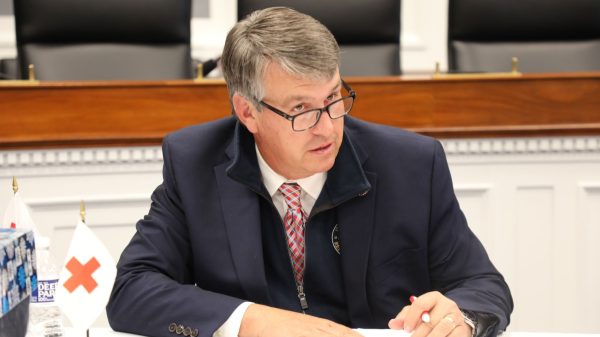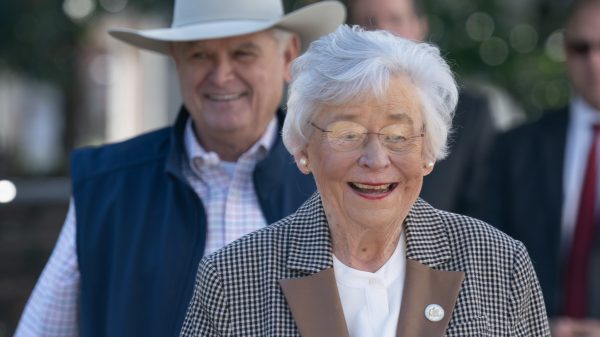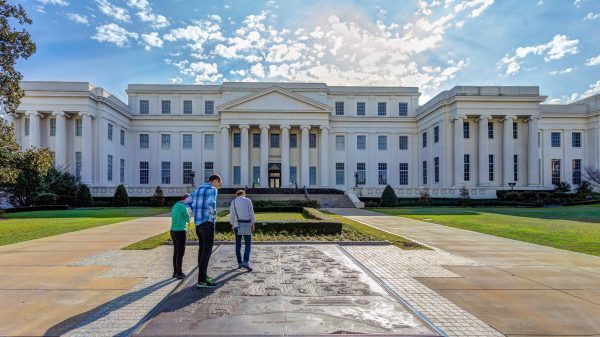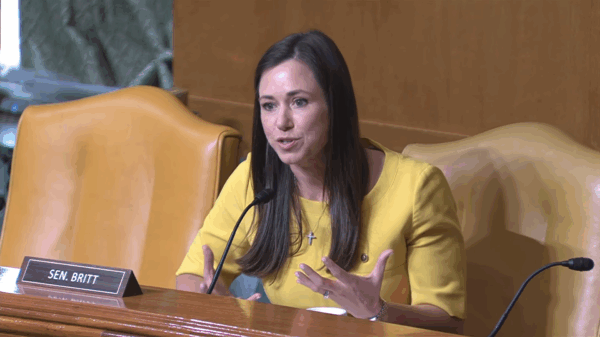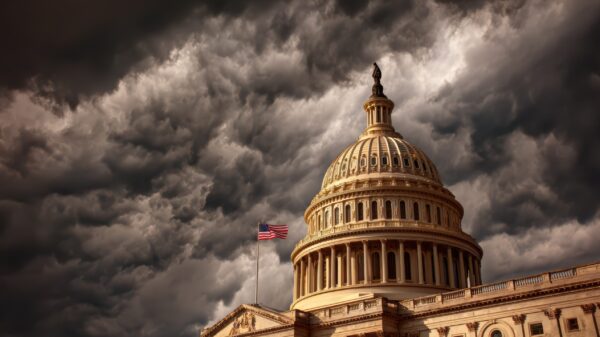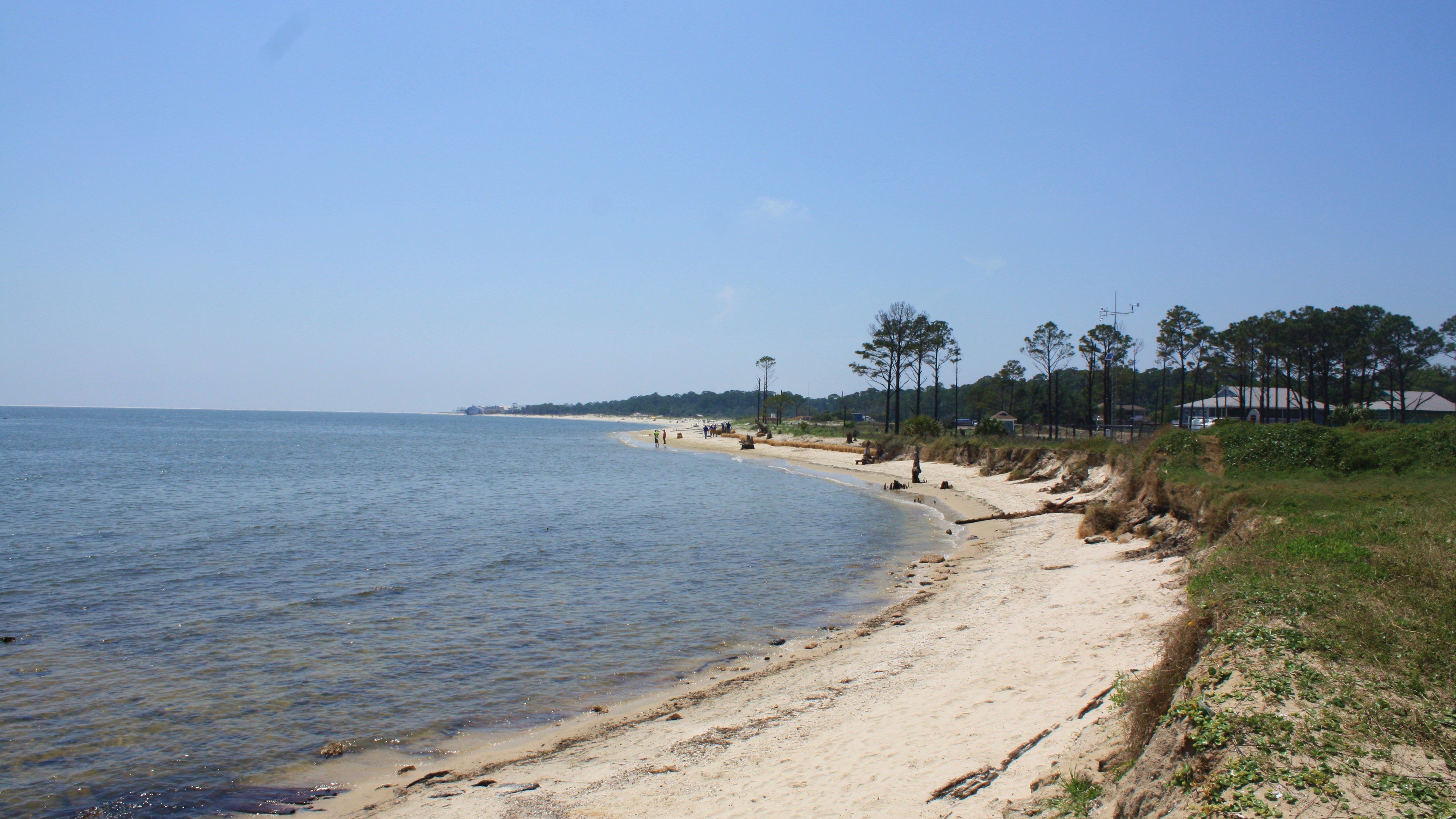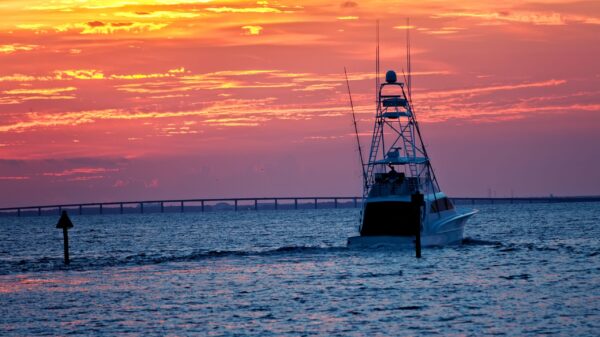The announcement by U.S. Rep. Bradley Byrne, R-Ala., that the U.S. Army Corps of Engineers will have the budget to place sand dredged from the Mobile Ship Channel in a newly expanded disposal site may ensure the long-term survival of Dauphin Island itself. The dredged sand can now be placed in shallower water depths closer to the island, where it will migrate to the beaches. And this is great news for the broader ecosystem that we love about the coast, including beaches and dunes as well as speckled trout fishing, oysters, shrimp and crab.
For the past 50 years the corps’ dredge disposal practices have cut off the natural pathway that has fed sand to the island for centuries. We need to dredge the beach-quality sands from the channel for safe navigation and a robust port economy. But we now, finally, may have the budget to put that sand where Mother Nature naturally placed it before the ship channel was built. Depositing sand in shallower depths will allow wave action to more rapidly drive it onto Dauphin Island’s west end beaches. It is a process called “artificial sand by-passing” because machines replicate the natural sand bypassing mechanisms that allow beach sands to migrate west across Mobile Pass.
The recently released National Climate Assessment outlined the impacts and risks of climate change, along with the adaptations that will be required. Along the coast, it is clear that sea level rise is already impacting many of American cities with increased flooding. Alabama is not immune.
The average sea level in coastal Alabama in 2016 and 2017 was the highest ever on record. It was roughly 6 inches higher than the average in the 1980s and 1990s. That is every low tide and every high tide. And sea level rise rates are projected to increase dramatically this century.
Dauphin Island, as Alabama’s only barrier island, protects and defines Mississippi Sound and all the marshes of the Bayou La Batre area and coastal south Mobile County. Those marshes are the very habitat where almost every juvenile fish, whether a sport species or a commercial species, is born and raised. When the island breached in the major hurricanes of 2004 and 2005, the state’s oyster industry collapsed and the marshes suffered.
But barrier islands like Dauphin Island have a natural ability to heal themselves and survive both sea level rise and hurricanes. The sands move and the island rolls over itself as it migrates landward. But those natural processes can only work if there is enough sand in the littoral system. And that is why this announcement by the Corps of Engineers is such good news. Keeping all the sands in the littoral system will allow the island to survive for future generations.
This is wise management of the beach sand resource, which is going to be vital for our coast’s long-term health. Several million dollars spent wisely now, and in the future when we dredge the ship channel, will save hundreds of millions through increased resiliency during hurricanes as sea levels rise … by preserving our barrier island.
Scott Douglass is a principal in South Coast Engineers in Fairhope, Ala., and a co-author of the National Climate Assessment. He is also author of the book “Saving America’s Beaches: The Causes of and Solutions to Beach Erosion.” His email address is [email protected].

